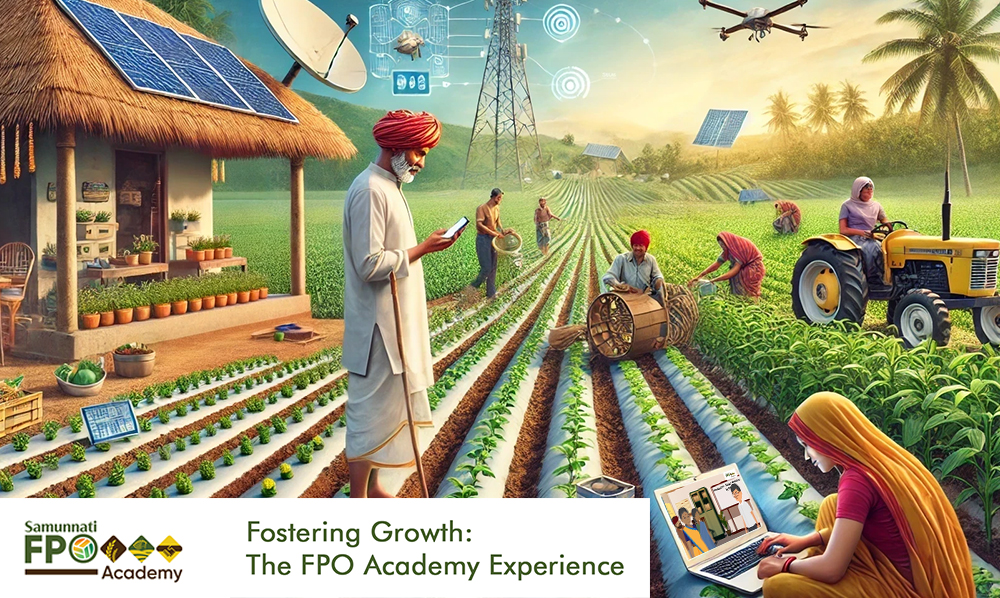
One of the main pillars of the Indian economy, the agriculture sector, is changing. The force of transformation that is sweeping through the industry, digitization, is beginning to show up in the fields. Technology promises to transform agricultural practices, increase efficiency, and empower farmers—from weather monitoring apps to e-commerce platforms for agri-inputs.
But there are drawbacks to this digital revolution as well, especially for the great majority of Indian farmers who work in environments with little resources. While admitting the challenges that must be solved for inclusive growth, let’s explore in more detail the fascinating potential of digitization in Indian agriculture.
The Power of Data: Precision Takes Root
Data has enormous promise in agriculture and is becoming the new oil. Precision agriculture makes it possible to apply water, herbicides, and fertilisers precisely thanks to sensors, drones, and internet-of-things (IoT) gadgets. In India, where water is scarce, a farmer could be able to irrigate fields only when needed if they had access to real-time data on soil moisture levels. In 2022, the National Remote Sensing Centre (NRSC) reported that the net planted area of India was around 182 million hectares. If just a small portion of this region switched to data-driven irrigation techniques, just think of the water savings that would result!
Big data analytics can also minimise crop losses via early detection of pest and disease outbreaks. The Indian Council of Agricultural Research (ICAR) predicted in a 2021 research that pests and diseases destroy 20–30% of India’s agricultural yield on average. Targeted actions combined with real-time data analysis could drastically lower these losses, increasing food security and farmer incomes.
The Digital Divide: A Hurdle to Progress
There is a sizable digital divide in India between rural and urban areas, despite the apparent advantages. In 2023, the Internet and Mobile Association of India (IAMAI) released research stating that although 60% of Indian adults were online, just 29% of those living in rural regions had access to the internet. This means that the great majority of farmers will not be able to participate in the agricultural digital revolution.
One aspect of the problem is the restricted availability of internet access. Merely 23.4% of adult Indians living in rural areas lack even the most basic knowledge of digital literacy, according to a 2022 World Bank survey. Farmers find it challenging to use digital tools efficiently, traverse online platforms, and obtain important information due to their lack of digital fluency.
The Financial Burden: Can Farmers Afford to Go Digital?
Over 80% of India’s agricultural workforce consists of small and marginal farmers, for whom the expense of implementing new technologies can be a major barrier. The National Bank for Agricultural and Rural Development (NABARD) reported in 2023 that the average operational holding size in India is just 1.15 hectares. Many people may not have the funds to invest in pricey sensors, drones, or high-speed internet connections.
Bridging the Gap: Solutions for an Inclusive Digital Transformation
Fortunately, several initiatives are underway to bridge the digital divide and empower farmers. Here are a few promising approaches:
- Low-Tech Solutions: Scientists are working on low-tech substitutes for expensive technologies. For example, inexpensive sensors are not necessary when using soil testing kits to obtain important information about nutrient deficits.
- Mobile apps that work offline: These apps can fill in the information void even in places with spotty internet access. These applications can provide localised market price updates, best practices manuals, and weather forecasts in the user’s native tongue.
- Village Resource Centres: Providing farmers with a common platform for information access and digital tool utilisation, the establishment of village-level digital hubs outfitted with computers and internet connectivity can be beneficial.
Building Capacity: Equipping Farmers for the Digital Age
Equipping farmers with the necessary skills to navigate the digital landscape is crucial. Government and non-profit organizations can play a vital role in this process:
- Digital Literacy Training: Courses that cover the fundamentals of utilising cellphones and the internet to obtain information can enable farmers to take an active role in the digital agriculture ecosystem.
- Localized Training Modules: Developing training modules in local languages, addressing specific regional needs and challenges, can ensure greater accessibility and effectiveness.
- Farmer-to-Farmer Knowledge Sharing: By enabling peer-to-peer learning via farmer producer organisations (FPOs), it is possible to harness the combined knowledge of seasoned farmers to assist others in their digital adoption process.
In Indian agriculture, digitization signifies a prosperous future. Data-driven methods can increase farmer income, reduce crop losses, and maximise water use. The digital divide does, however, leave out a large number of small and marginal farmers. It will take new finance strategies, digital literacy training, and reasonably priced technology to close this gap. India can create a digital agricultural future that benefits everyone by guaranteeing inclusive growth.
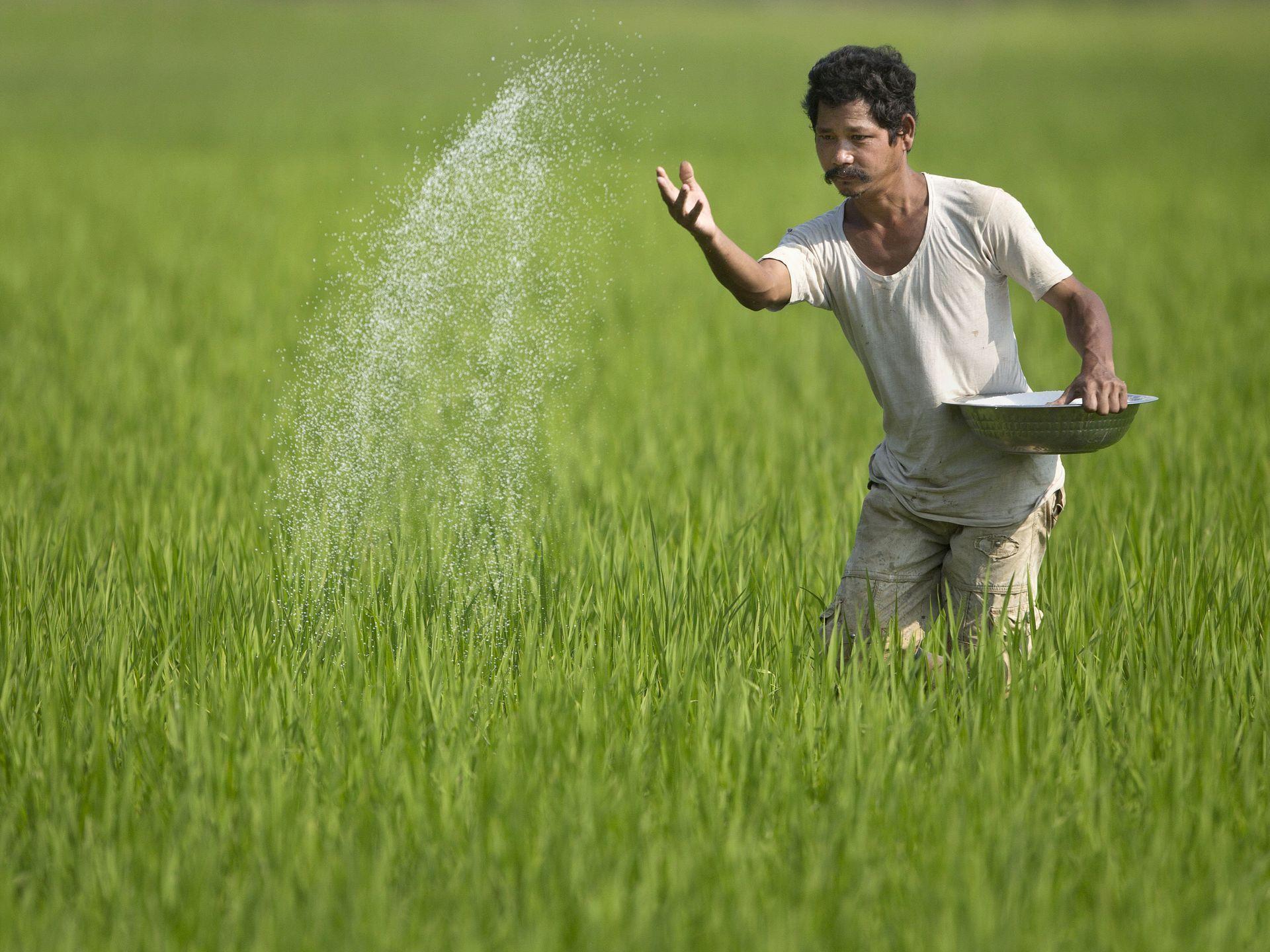
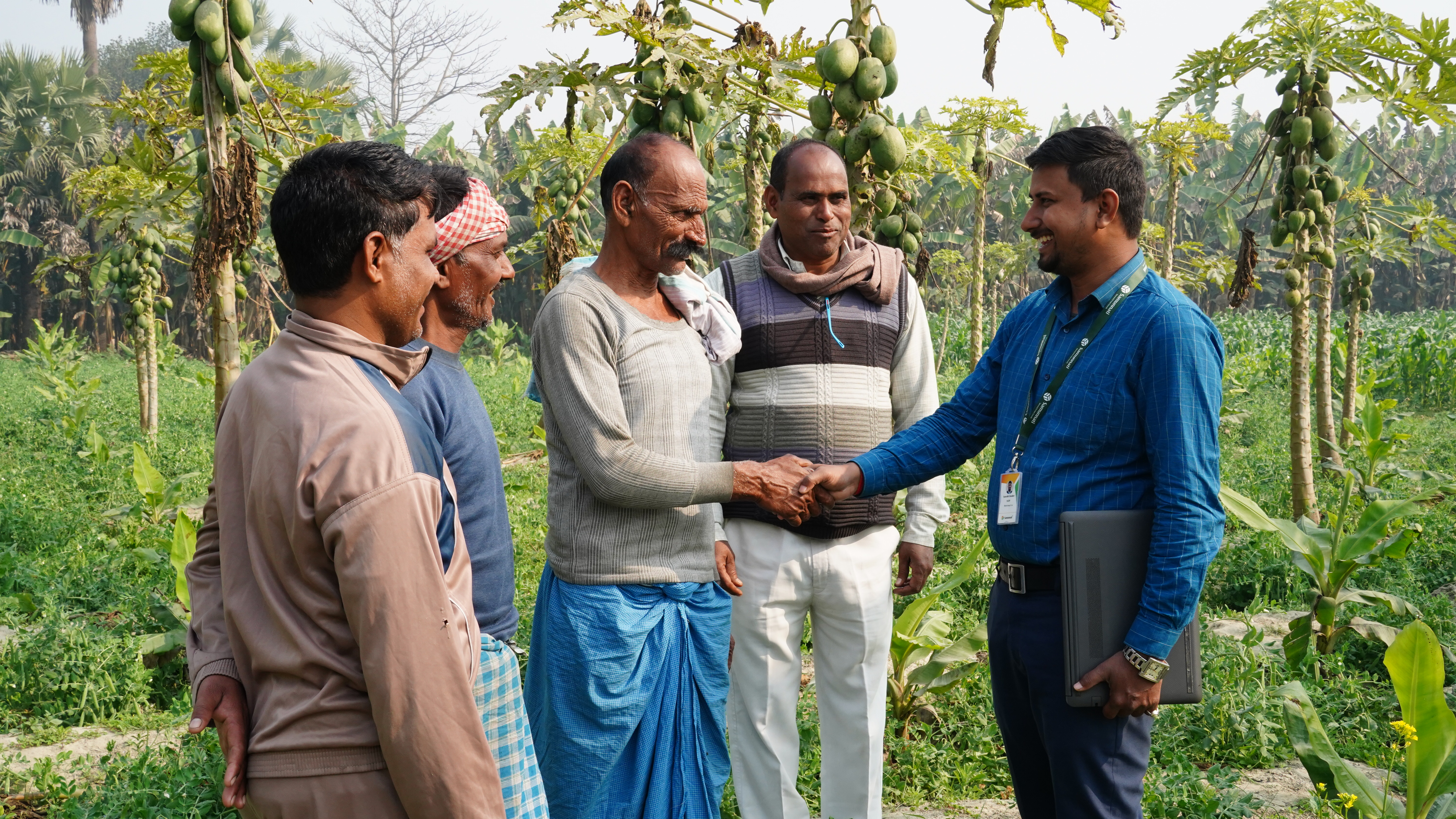
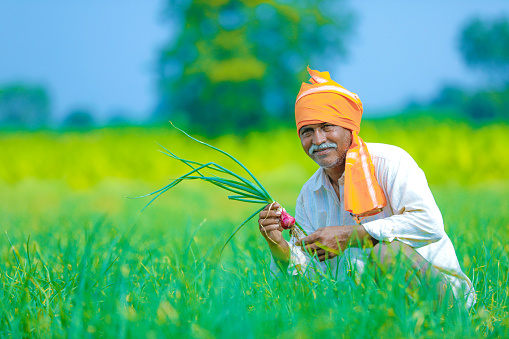
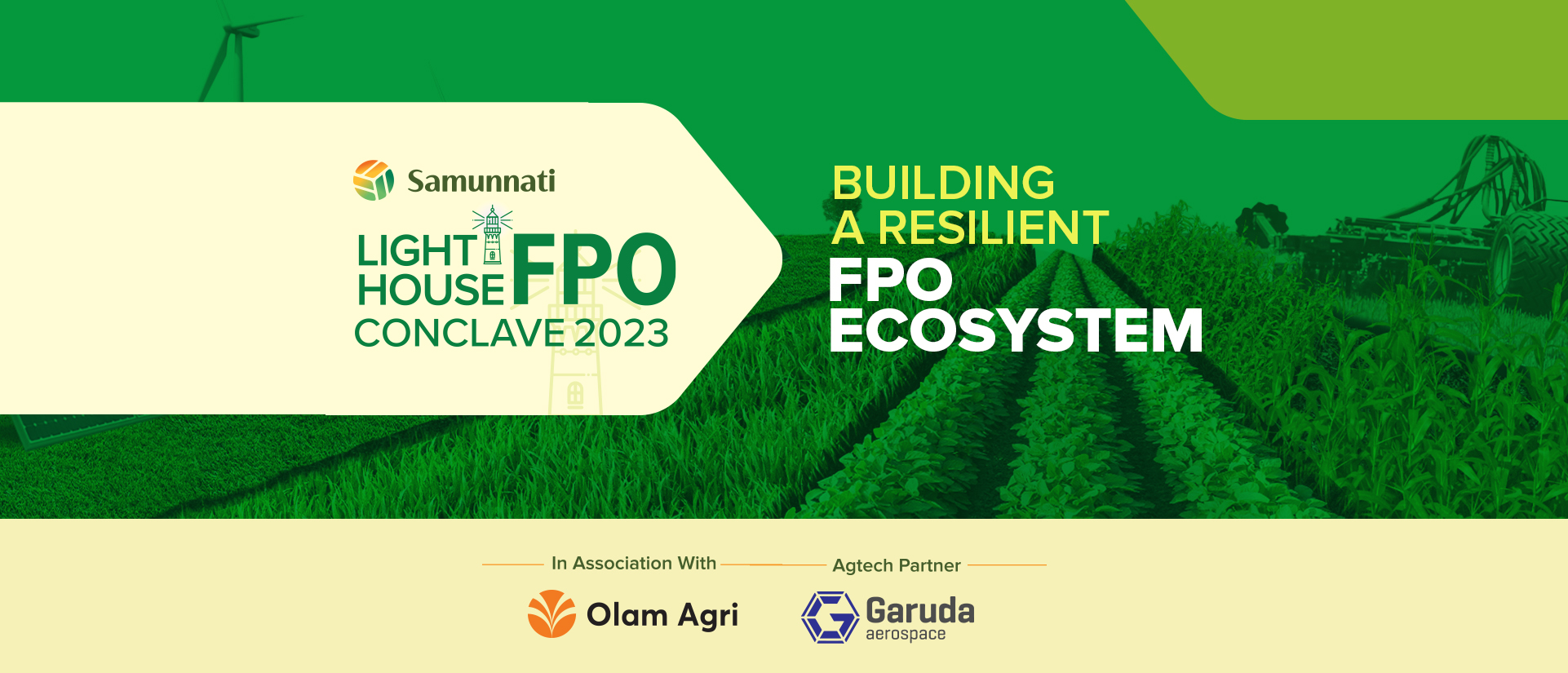
Leave A Comment